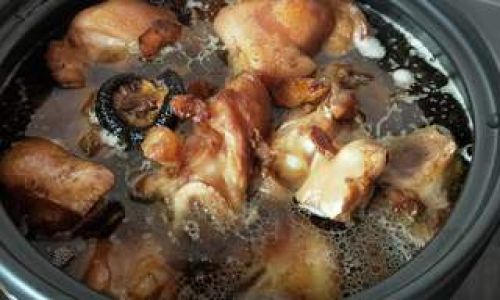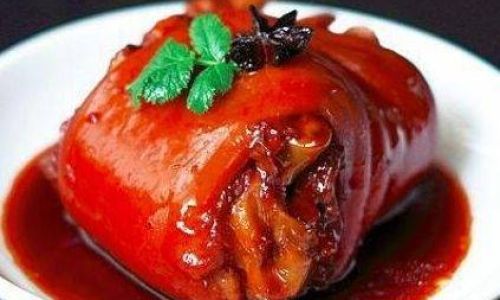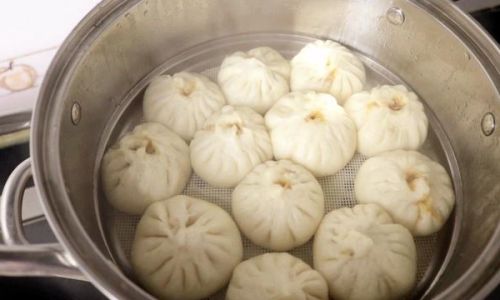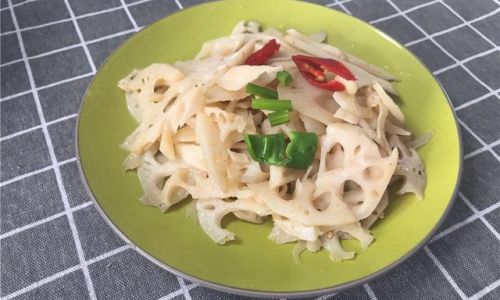Introduction
In the realm of hearty, comfort food, few dishes can rival the rich, succulent delight of a perfectly stewed pork hock. This culinary gem, often associated with German and Central European cuisine, embodies the essence of slow-cooked perfection. The pork hock, a cut derived from the pig’s hind leg, is known for its robust flavor, tender meat, and gelatinous texture that melts in your mouth. Stewing this cut requires patience, precision, and an understanding of the delicate balance between time, temperature, and ingredients. This guide aims to take you through a step-by-step journey on how to stew pork hocks, unlocking the secrets to achieving that mouthwatering, restaurant-quality dish right in your own kitchen.
Choosing the Right Pork Hock
Before diving into the stewing process, it’s crucial to start with a high-quality pork hock. Look for hocks that are well-marbled with fat, as this will contribute to the dish’s flavor and texture during the long cooking process. Fresh or frozen hocks are both acceptable, but ensure they are thoroughly inspected for freshness and proper handling. Ideally, choose pork hocks that have been sourced from reputable farms, where the animals have been raised humanely and fed a natural diet.

Preparing the Pork Hock
-
Trimming and Seasoning: Begin by trimming any excess fat or skin, leaving just enough to keep the meat moist during cooking. Season the hock generously with salt, pepper, and your choice of aromatic spices such as garlic powder, paprika, and caraway seeds. This step is vital as it lays the foundation for the dish’s flavor profile.
-
Scoring the Skin (Optional): If you prefer a crispy skin, score the exterior in a diamond pattern, being careful not to cut too deeply into the meat. This allows the fat to render more effectively, resulting in a crackling texture.
Gathering Ingredients and Equipment
For the stewing liquid and aromatic base, you’ll need:

- Onions, carrots, and celery (the classic mirepoix)
- Garlic cloves
- Fresh herbs like bay leaves, thyme, and parsley
- Beer or dark beer (optional, for added depth of flavor)
- Chicken or vegetable broth
- Apple cider vinegar or white wine vinegar (for tenderizing and adding brightness)
- Mustard seeds, juniper berries, and black peppercorns (for a traditional German twist)
Equipment-wise, you’ll require:
- A large, heavy-bottomed pot or Dutch oven
- A meat thermometer (optional but recommended for accuracy)
- Tongs or meat forks for handling the hock
- A wooden spoon or ladle for stirring
The Stewing Process
-
Sautéing the Aromatics: Start by heating a bit of oil in your pot over medium heat. Add the chopped mirepoix and cook until softened and lightly caramelized. This creates a flavorful fond on the bottom of the pot, which will enhance the broth.
-
Adding the Pork Hock: Carefully place the seasoned pork hock in the pot, searing it on all sides until browned. This locks in juices and adds another layer of flavor to the dish.
-
Deglazing and Adding Broth: Pour in a splash of apple cider vinegar or white wine vinegar to deglaze the pot, scraping up any bits stuck to the bottom. Add the beer (if using), chicken or vegetable broth, and enough water to fully submerge the hock. Bring the mixture to a simmer.

-
Adding Aromatics and Spices: Nestle the garlic cloves, bay leaves, thyme sprigs, and fresh parsley stems into the liquid. Add the mustard seeds, juniper berries, and black peppercorns in a cheesecloth sachet to avoid them becoming too prominent in the final dish.
-
Simmering: Lower the heat to maintain a gentle simmer. Cover the pot and cook for several hours, preferably 3-4 hours, or until the meat is tender and falling off the bone. Check the liquid level occasionally, adding more broth or water if necessary to keep the hock submerged.
-
Finishing Touches: Once the pork hock is cooked to your liking, remove it from the pot and let it rest, loosely covered, for about 20 minutes. This allows the juices to redistribute, ensuring maximum tenderness. Meanwhile, skim any excess fat from the stewing liquid and adjust the seasoning with salt and pepper to taste. If desired, thicken the broth with a cornstarch slurry for a richer gravy.
Serving the Pork Hock
Serve the stewed pork hock on a platter, accompanied by the reduced stewing liquid spooned over the top. Garnish with freshly chopped parsley, a wedge of lemon, and perhaps some horseradish sauce or mustard on the side for added tang. Pair it with mashed potatoes, roasted vegetables, or a hearty loaf of bread to soak up every last drop of that flavorful broth.

Conclusion
Stewing pork hocks is an art that combines patience, attention to detail, and a love for hearty, soul-satisfying food. By following these steps and embracing the slow cooking process, you’ll be rewarded with a dish that is not only a feast for the senses but also a testament to the beauty of simple, well-executed culinary techniques. Whether you’re hosting a family dinner, entertaining friends, or simply treating yourself, a perfectly stewed pork hock is sure to become a cherished addition to your culinary repertoire. Happy cooking!






0 comments